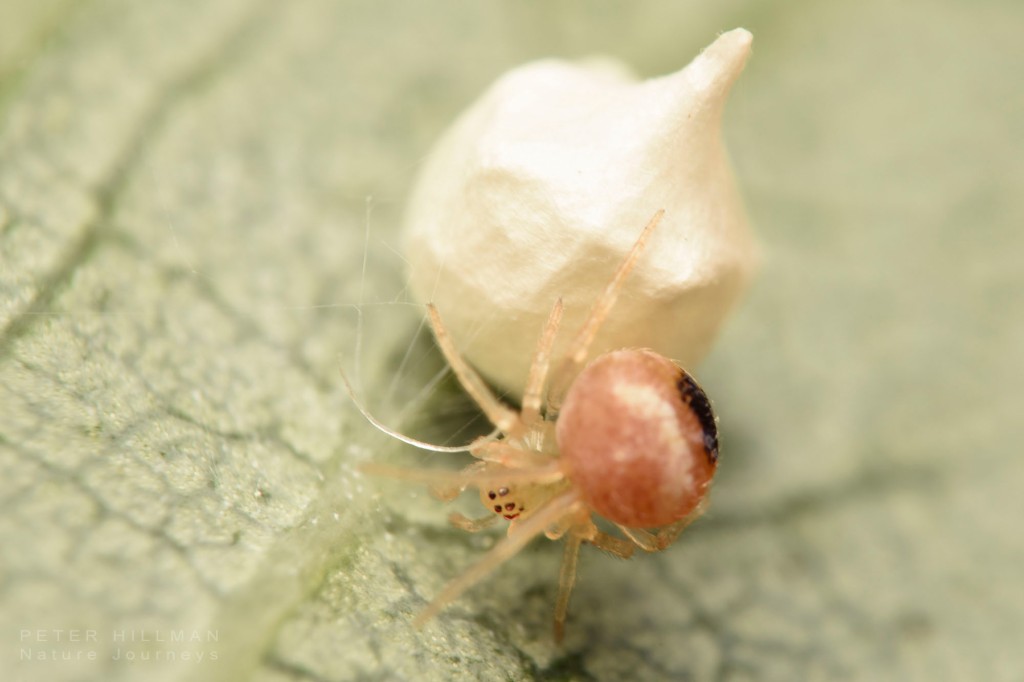
This is a hardy Geranium after rain, one of the few remaining flowers left in the garden as autumn deepens. The flower is so delicate and refined with those shimmering raindrops it is like it is made from the finest glass.
This can be quite tricky to photograph. Besides the lighting conditions, it all depends on where you focus as the depth of field can go anywhere. I always use manual mode for full control, and take several photos, picking the one which I think works the best. I tried to keep it soft on the side edges, ensuring the background was completely blurred. This makes the flower and its details pop more, especially if you can tone down the back lighting, too.
Double click if you wanna get closer…
October 2019 © Pete Hillman.




























































































